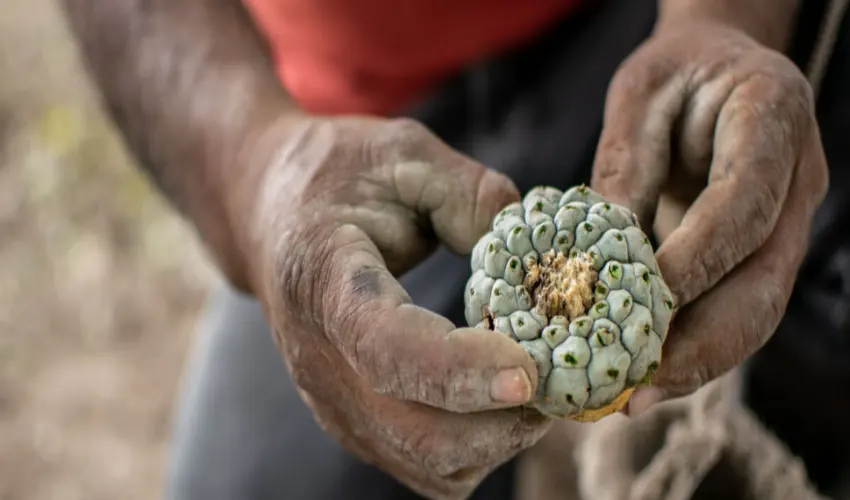Peyote cactus (Lophophora williamsii) is a small, spineless cactus known for its psychoactive properties due to its mescaline content. Indigenous cultures have used it for centuries in religious and spiritual ceremonies. Finding peyote in the wild can be challenging due to its slow growth, specific habitat requirements, and increasing rarity due to overharvesting and habitat destruction. This guide explores where to find peyote cactus in its natural habitat, the legal considerations, and responsible harvesting practices.
Natural Habitat of Peyote Cactus
Peyote is native to North America, primarily growing in semi-arid regions. The most common locations include:
- The Chihuahuan Desert
The Chihuahuan Desert is the primary habitat for peyote. Spanning across northern Mexico and the southwestern United States, this desert provides the dry, rocky, limestone-rich soil that peyote thrives in.
- Mexico
Peyote is most abundant in northern Mexico, particularly in the states of:
- San Luis Potosí
- Coahuila
- Tamaulipas
- Nuevo León
These regions offer the ideal warm temperatures and mineral-rich soil that support peyote cactus sale growth. The Wirikuta region in San Luis Potosí is a sacred site for the indigenous Huichol people and is known for its peyote populations.
- Texas (United States)
In the U.S., peyote is found primarily in:
- South Texas (Rio Grande Valley region)
- Edwards Plateau
- Big Bend National Park (though harvesting in protected areas is illegal)
Peyote grows in calcareous soils, often in rocky terrain or under the partial shade of shrubs like mesquite and acacia.
Identifying Peyote in the Wild
Peyote has distinct characteristics that help in identification:
- Size: Small, typically 2-5 cm in diameter
- Shape: Rounded, button-like, with a smooth, bluish-green surface
- Ribs: 5-13 sections forming a star-like pattern
- Flowers: Pink or white, blooming from the center during spring or summer
Unlike many cacti, peyote lacks spines and instead has small, woolly tufts on its surface.
Legal Considerations
Before attempting to locate peyote in the wild, it’s essential to understand its legal status:
- United States: Peyote is classified as a Schedule I controlled substance under the Controlled Substances Act, making possession and harvesting illegal except for members of the Native American Church (NAC) for religious ceremonies.
- Mexico: While traditionally used by indigenous groups, harvesting and trade are regulated due to conservation concerns.
- Conservation Laws: Overharvesting has led to population declines, making sustainable harvesting critical.
Responsible Harvesting Practices
If you have legal permission to harvest peyote, follow these guidelines to protect wild populations:
- Cut Above the Root: Leave the root intact so the cactus can regenerate.
- Avoid Overharvesting: Take only what is necessary to ensure population sustainability.
- Respect Indigenous Lands: Some areas are sacred to indigenous groups, and unauthorized harvesting is disrespectful and illegal.
Alternatives to Wild Harvesting
Due to legal and conservation concerns, consider these alternatives:
- Cultivation: In some countries, it is legal to grow peyote for personal use.
- Ethnobotanical Gardens: Some institutions preserve peyote for educational and conservation purposes.
- Synthetic Mescaline: A legal alternative in some regions that does not deplete wild populations.
Conclusion
Finding peyote cactus in the wild requires extensive knowledge of its habitat, legal considerations, and responsible harvesting practices. The Chihuahuan Desert, parts of northern Mexico, and South Texas are the primary locations where peyote naturally occurs. However, due to overharvesting and habitat destruction, conservation efforts are crucial. Always ensure you are following local laws and ethical guidelines when seeking out this sacred plant.
